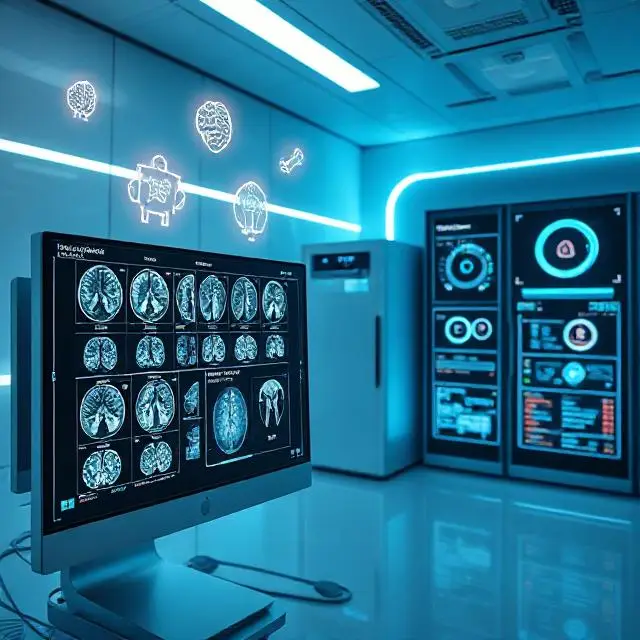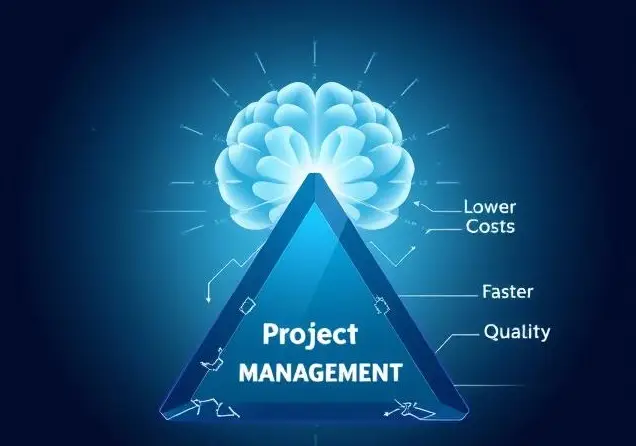Health IT project management teams are constantly bombarded with numerous projects and initiatives aimed at improving patient care, enhancing operational efficiency, and complying with regulatory requirements. However, amidst the myriad of tasks, prioritizing projects can often become a daunting challenge. Moreover, the introduction of new technologies and products, while promising increased efficiency, can sometimes get overlooked due to a lack of understanding of their potential impact.
Understanding the Challenge:
Healthcare IT and project management teams face a unique set of challenges when it comes to prioritizing projects. With limited resources, including time, budget, and personnel, it becomes imperative to allocate these resources judiciously to projects that deliver the maximum value to the organization. However, with competing priorities and tight deadlines, some projects may inadvertently get deprioritized to the bottom of the list, often due to a lack of awareness about their potential benefits.
The Dilemma of New Technologies:
One common scenario faced by healthcare IT teams is the introduction of new products or technologies that have the potential to revolutionize existing processes and workflows. However, the lack of understanding about how these products can integrate with existing systems or enhance efficiency often leads to skepticism or resistance. As a result, innovative solutions that could significantly improve operations end up being pushed to the bottom of the priority list, overshadowed by more familiar or pressing projects.
Prioritization Strategies:
To tackle the challenge of prioritizing projects effectively, healthcare IT and project management teams employ various strategies:
- Alignment with Organizational Goals: Projects that directly align with the organization’s strategic objectives and mission should be prioritized. This ensures that resources are allocated to initiatives that contribute to the overarching goals of healthcare institutions.
- Stakeholder Engagement: Involving key stakeholders, including clinicians, administrators, and IT staff, in the project prioritization process is crucial. Their input can provide valuable insights into the impact of various projects on patient care, operational efficiency, and regulatory compliance.
- Cost-Benefit Analysis: Conducting a thorough cost-benefit analysis for each project helps quantify the potential return on investment (ROI) and prioritize projects with the highest anticipated benefits relative to their costs. Learn about the ROI of Enlitic’s ENDEX™ for data standardization
- Risk Assessment: Evaluating the potential risks associated with each project, including technical challenges, regulatory hurdles, and resource constraints, enables teams to prioritize projects based on their risk profile and likelihood of success.
Standardizing Data for Maximum Efficiency:
Standardizing data should be prioritized first in healthcare IT initiatives due to its foundational role in enhancing overall efficiency and effectiveness across various projects. Here’s why:
- Enhanced Interoperability: Standardizing data formats, terminology, and integration protocols facilitates seamless communication and integration between different systems and platforms within the healthcare ecosystem. Without standardized data, interoperability becomes a significant challenge, hindering the efficient exchange of critical information between healthcare providers, systems, and stakeholders. By prioritizing standardization, organizations can break down data silos and enable better collaboration and coordination across the entire healthcare network.
- Improved Data Quality: Data quality is paramount in healthcare for making informed decisions, conducting meaningful clinical research, and ensuring accurate reporting. Standardization ensures that data is accurate, consistent, and complete, reducing errors and discrepancies that can arise from disparate varied sources or incompatible formats. High-quality data is essential for delivering high-quality patient care, optimizing operational processes, and complying with regulatory requirements. Therefore, prioritizing data standardization lays a solid foundation for maintaining data integrity and reliability throughout various IT initiatives.
- Streamlined Workflows: In healthcare, streamlined workflows are essential for optimizing resource utilization, reducing administrative burdens, and improving overall efficiency. Standardized data workflows eliminate redundancies, inefficiencies, and inconsistencies that often arise from varied data or incompatible formats. By establishing consistent processes and protocols for data collection, storage, and exchange, organizations can streamline clinical and administrative workflows, saving time and resources. This allows healthcare professionals to focus more on patient care and less on administrative tasks, leading to improved productivity and satisfaction.
Prioritizing healthcare IT projects effectively is essential for maximizing the impact of limited resources. By aligning projects with organizational goals, engaging stakeholders, and conducting rigorous cost-benefit analyses, healthcare IT teams can ensure that resources are allocated to initiatives with the greatest potential for success. Additionally, standardizing data across all IT projects is critical and should be the first project to undergo implementation. By embracing these strategies, healthcare organizations can navigate the complexities of project prioritization and drive continuous innovation in patient care delivery.
Book a demo with our product experts to understand how you can implement ENDEX™ to set your future projects up with standardized data.








